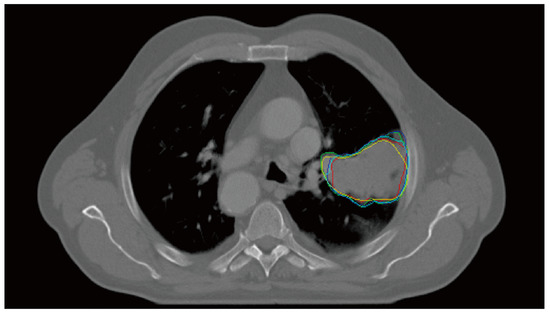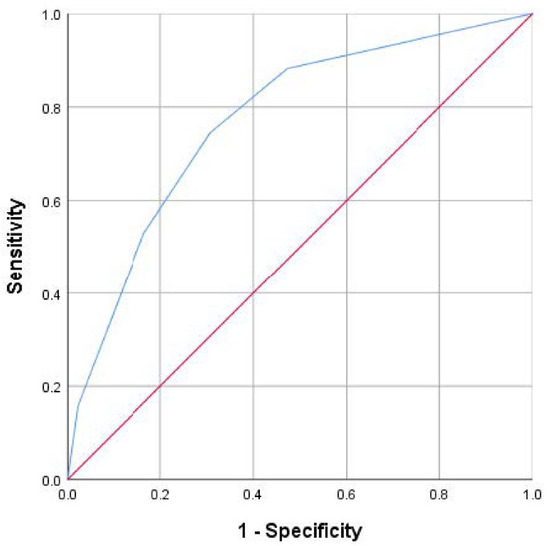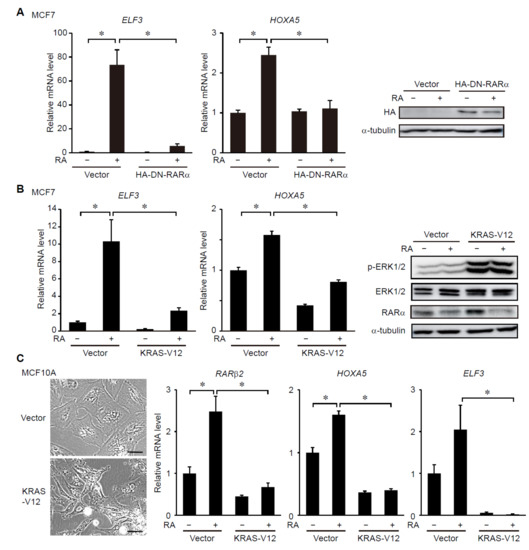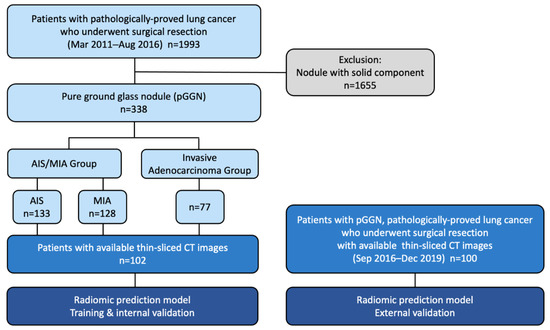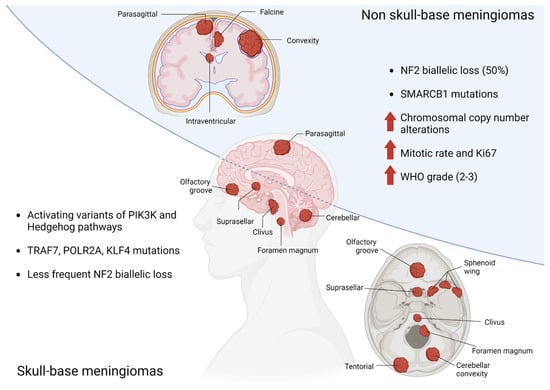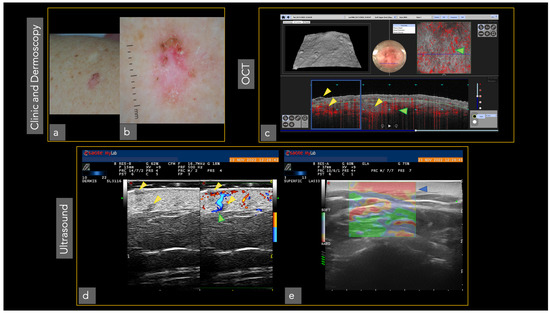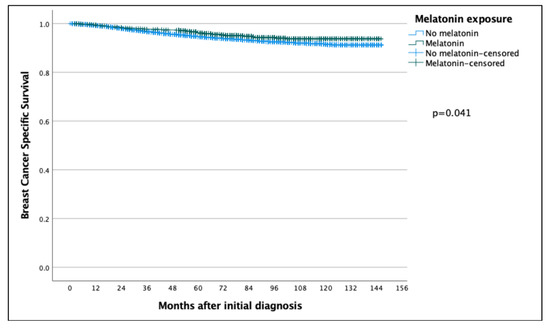Cancers 2022, 14(23), 5897; https://doi.org/10.3390/cancers14235897 - 29 Nov 2022
Cited by 9 | Viewed by 6026
Abstract
►
Show Figures
In this work, we introduced an automated diagnostic system for Gleason system grading and grade groups (GG) classification using whole slide images (WSIs) of digitized prostate biopsy specimens (PBSs). Our system first classifies the Gleason pattern (GP) from PBSs and then identifies the
[...] Read more.
In this work, we introduced an automated diagnostic system for Gleason system grading and grade groups (GG) classification using whole slide images (WSIs) of digitized prostate biopsy specimens (PBSs). Our system first classifies the Gleason pattern (GP) from PBSs and then identifies the Gleason score (GS) and GG. We developed a comprehensive DL-based approach to develop a grading pipeline system for the digitized PBSs and consider GP as a classification problem (not segmentation) compared to current research studies (deals with as a segmentation problem). A multilevel binary classification was implemented to enhance the segmentation accuracy for GP. Also, we created three levels of analysis (pyramidal levels) to extract different types of features. Each level has four shallow binary CNN to classify five GP labels. A majority fusion is applied for each pixel that has a total of 39 labeled images to create the final output for GP. The proposed framework is trained, validated, and tested on 3080 WSIs of PBS. The overall diagnostic accuracy for each CNN is evaluated using several metrics: precision (PR), recall (RE), and accuracy, which are documented by the confusion matrices.The results proved our system’s potential for classifying all five GP and, thus, GG. The overall accuracy for the GG is evaluated using two metrics, PR and RE. The grade GG results are between 50% to 92% for RE and 50% to 92% for PR. Also, a comparison between our CNN architecture and the standard CNN (ResNet50) highlights our system’s advantage. Finally, our deep-learning system achieved an agreement with the consensus grade groups.
Full article



